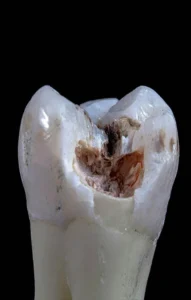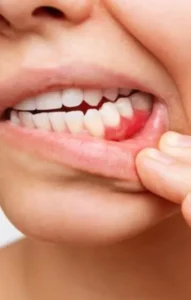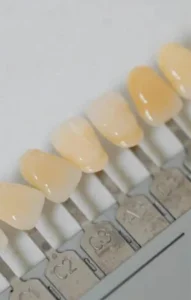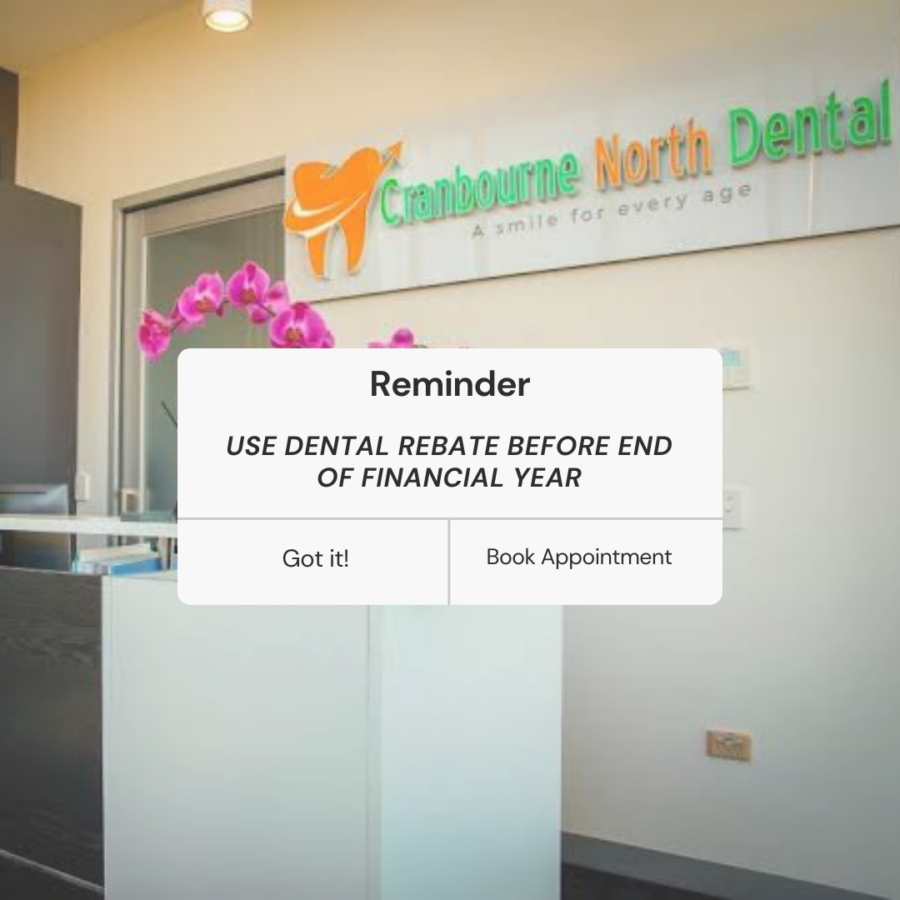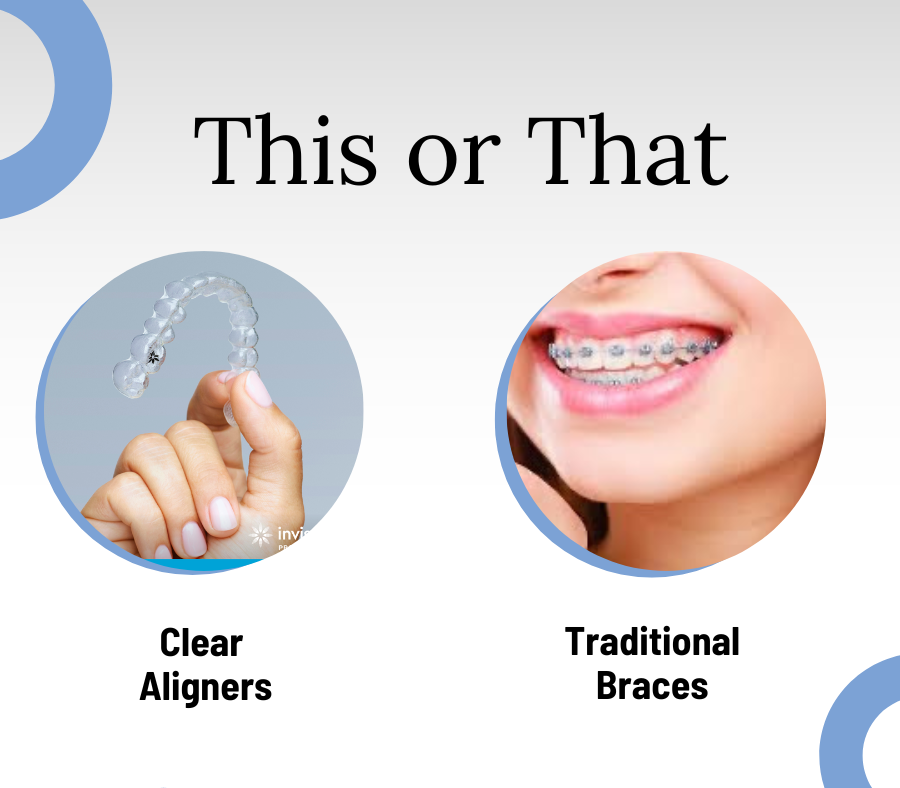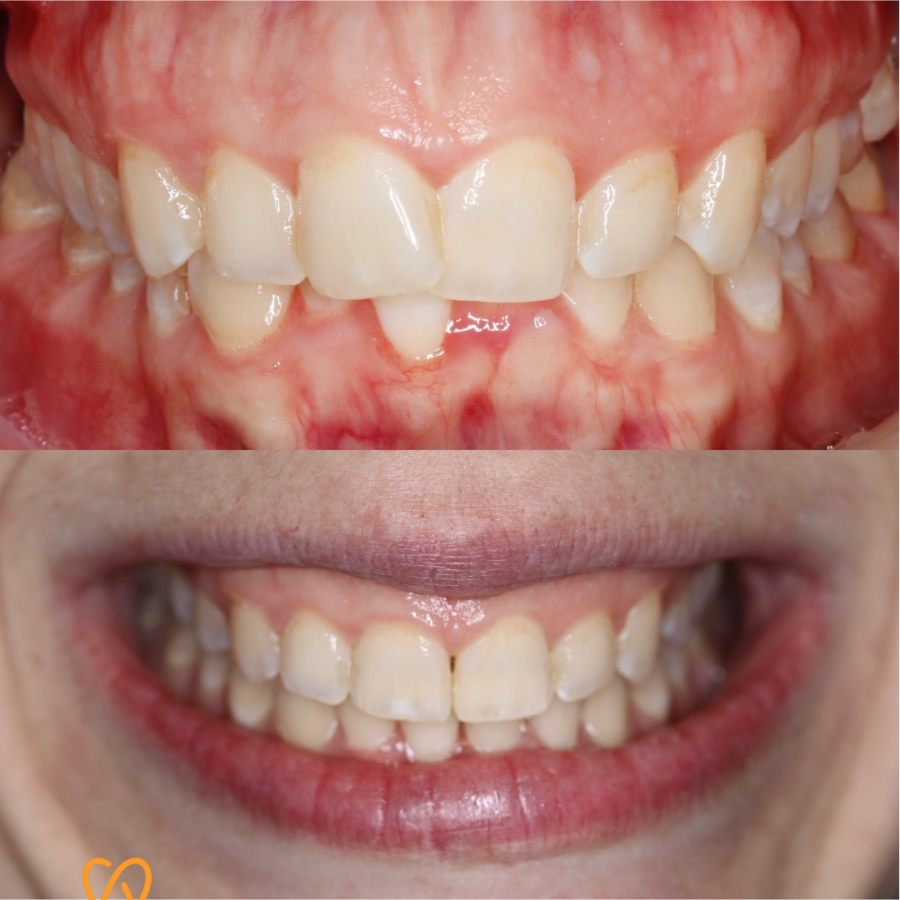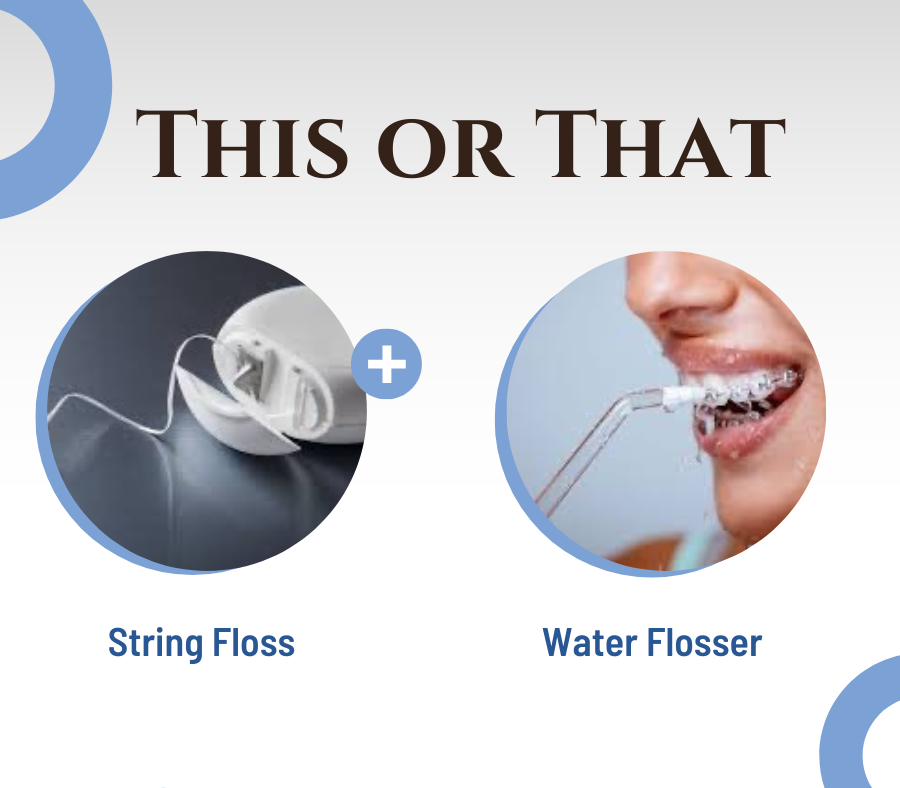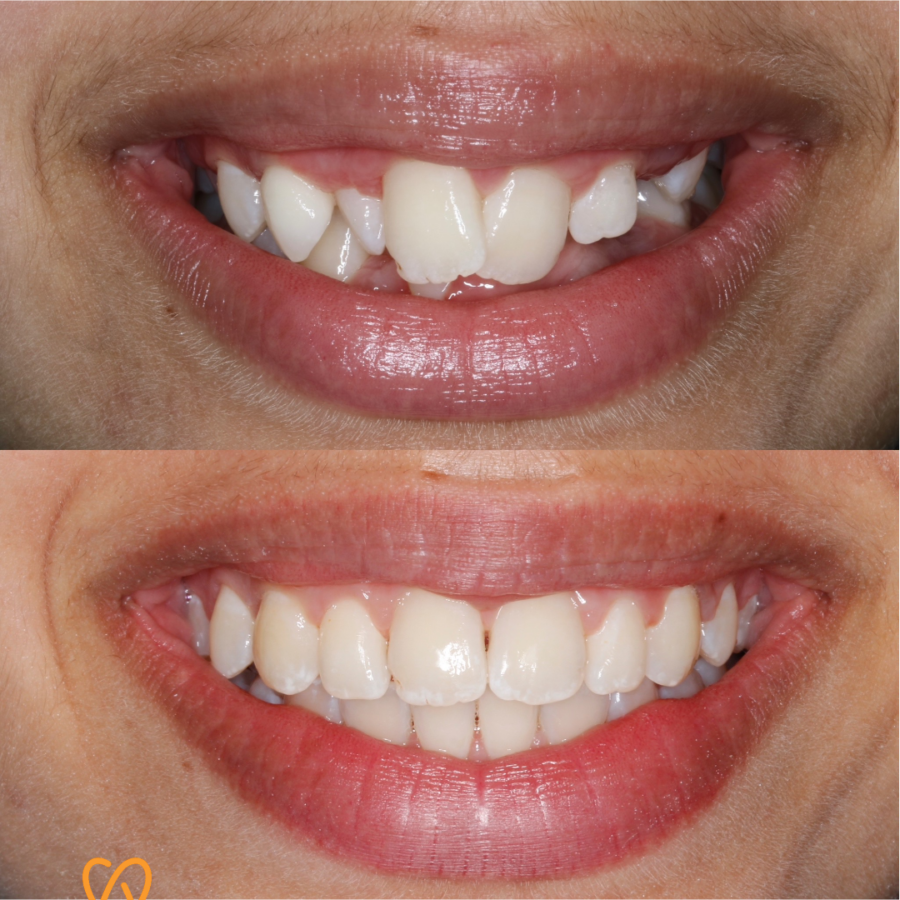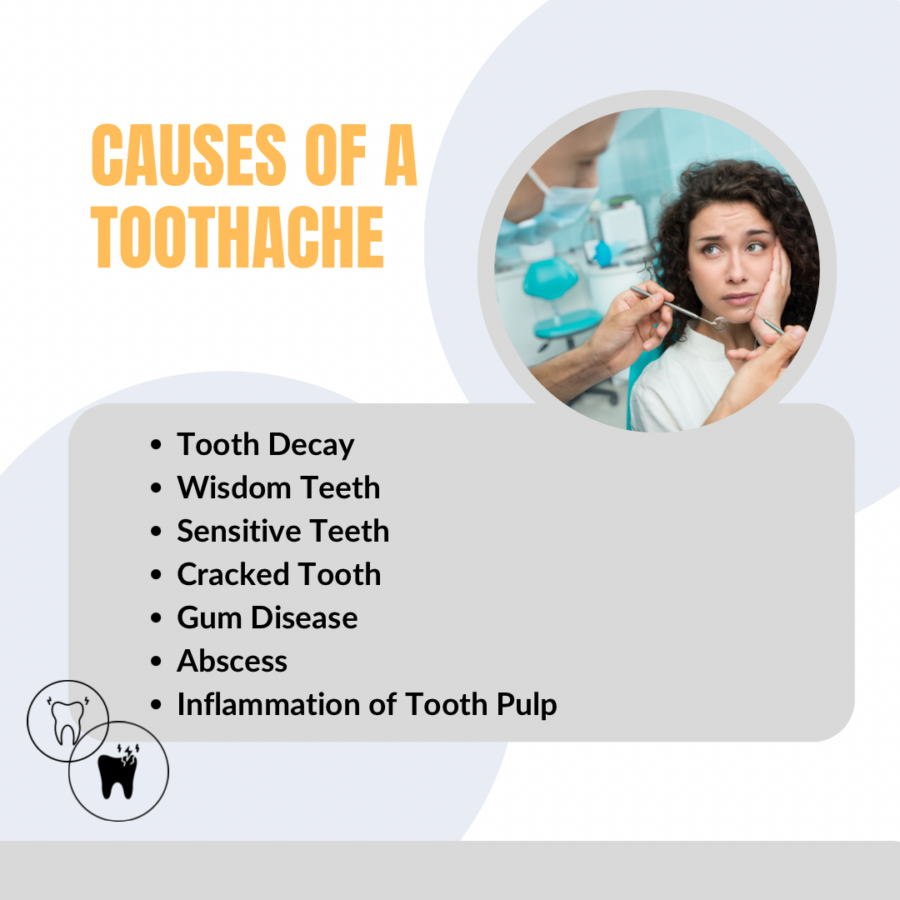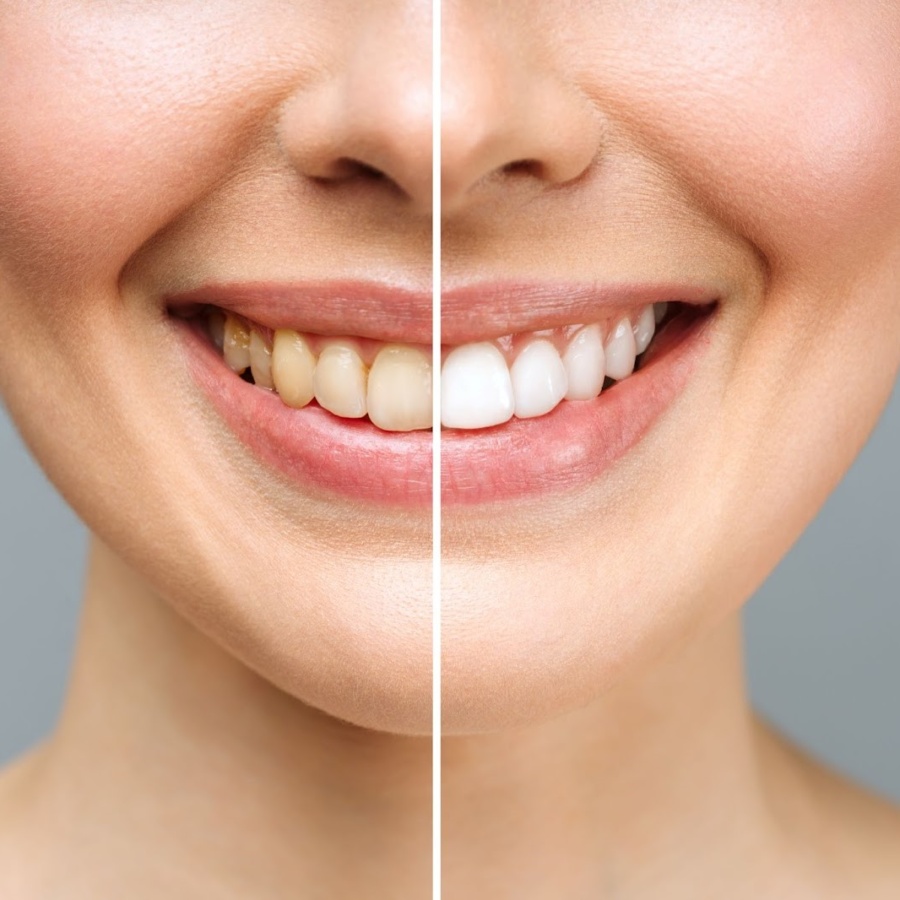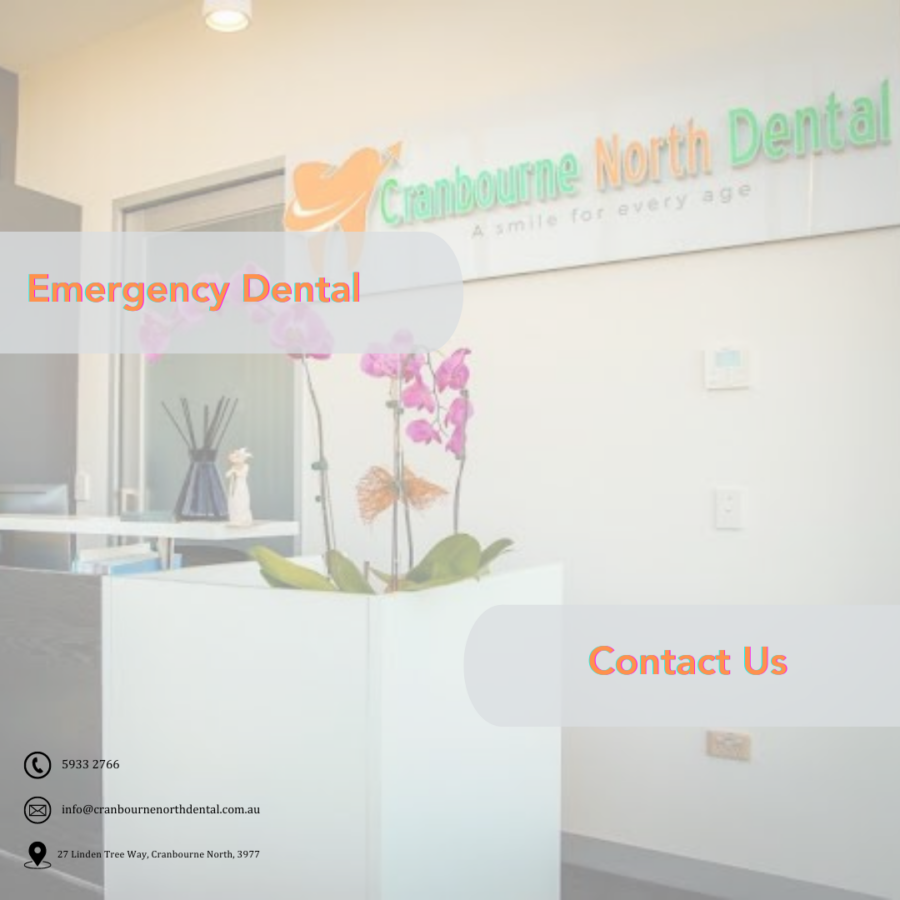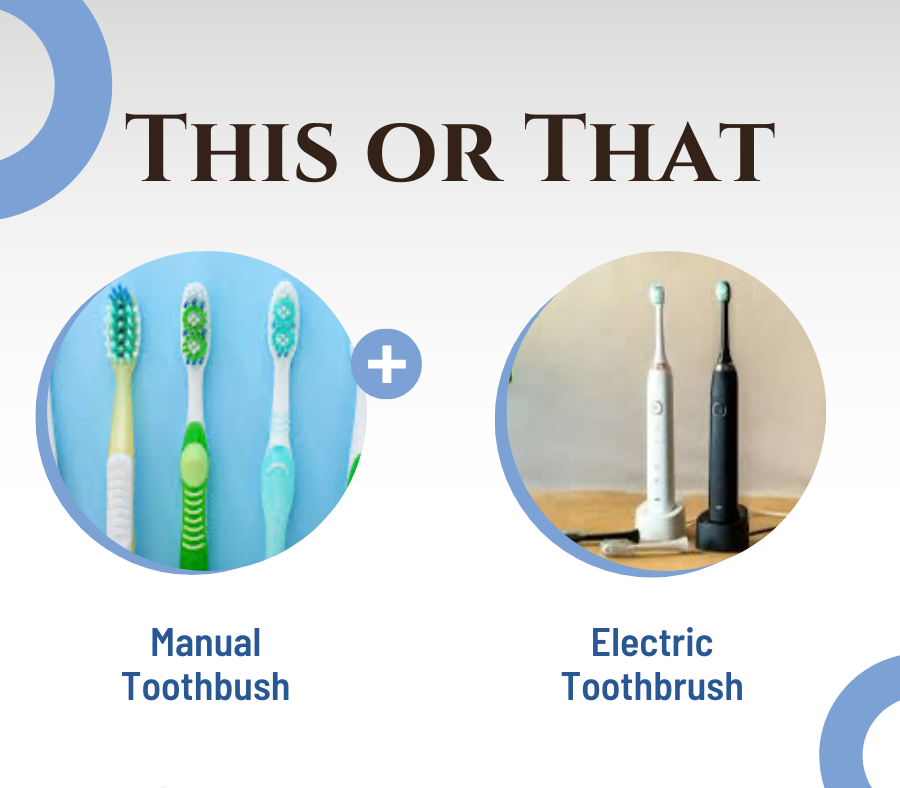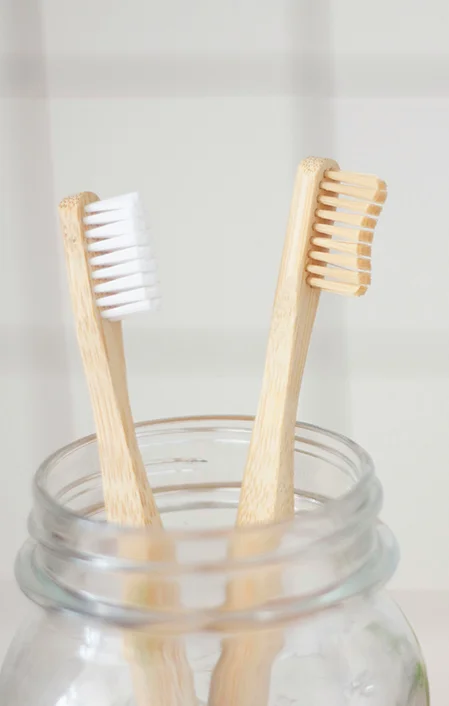
Gum Treatment
Gum Treatment, also known as Root Planing/Debridement, coupled with consistent oral hygiene practices is essential for maintaining optimum oral health for individuals with Gum Disease. Initial Gum Treatment is usually performed in multiple sessions with numbing of all the teeth involved and surrounding tissues in order to have a pain-free experience.
Gum Disease, also referred to as Periodontal Disease, is often recognised as the ‘silent killer of teeth,’ Gum Disease can go undiagnosed until it reaches an advanced stage, as it may not cause noticeable pain in its early phases.
Gum Disease involves inflammation and infection of the tissues surrounding and supporting the teeth, initiated by the accumulation of plaque and tartar. Without regular brushing, flossing, and professional dental cleanings, persistent inflammation can lead to the breakdown of the periodontium—the tooth’s supporting structures, including bone, gums, and ligaments.
Symptoms of advanced Gum Disease include increased tooth sensitivity, tooth movement, bleeding during brushing or flossing, and the appearance of longer teeth. Identifying risk factors for Gum Disease is essential, including smoking, diabetes, heart conditions, and genetic predispositions.
By assessing the severity of the condition and implementing a tailored management plan which includes Gum Treatment, individuals can take proactive steps to preserve their oral health and prevent further complications associated with Gum Disease.
Call Us or Book Online Now
Common Problems
Frequently Asked Questions

Why do my gums bleed?
Gums bleed due to inflammation /swelling resulting from poor oral hygiene habits. Healthy gums should not bleed.
The main causes are gingivitis which is the inflammation of the gums due to accumulation of plaque around the teeth and gums. Another major cause is unmanaged Periodontal disease.
Other causes of gums bleeding:
- Pregnancy where an increase in hormones can result in increased gum bleeding
- Some medications
- Mouth breathing can sometimes dry your mouth and make the gums more inflamed
- Gum infections
- A gum or tooth abscess
Seek urgent care from a Dental Professional to diagnose the cause of the bleeding and get appropriate care to ensure healthy gums.
Should I floss or use an Interdental Brush?
Both flossing and interdental brush use are great ways of cleaning between your teeth. As to which one is more suitable for you, it would be a good question for your Dental Professional.
In a general sense, when your teeth are close together with minimal gaps, flossing may be enough. If you have bigger gaps between your teeth, gum disease, gum recession or braces, then Interdental Brushes may be the better option.
How do I choose the right size of Interdental Brush?
Choosing the correct size of Interdental Brush will take some trial and error. The best guide is to fit the largest size that can fit between your teeth comfortably and touch each side of the tooth effectively. Remember to clean between all your teeth from the cheek side and the tongue/roof of the mouth side.
Here’s a video from TePe demonstrating:
Should I use Mouthwash?
If you are maintaining a good oral care regime of regular brushing and flossing, there is no need for using Mouthwash.
There are certain situations where a Dental Professional may recommend a mouthwash e.g. dry mouth syndrome, high decay risk, infected gums.
If you still want to use a mouthwash, ensure you do not use it within 30 minutes of brushing your teeth because it will dilute the effect of the Fluoride in the toothpaste.

